“One, if by land, and two, if by sea.” The phrase made famous by Henry Wadsworth Longfellow’s poem “Paul Revere’s Ride,” chronicles the lantern-based signal Revere used to inform patriots which route British troops were taking prior to the battles of Lexington and Concord in the first days of the American Revolutionary War.
More than 200 years later, that intelligence and alert system is being flipped by the Air Force’s senior officer as a lesson in overwhelming one’s opponents.
“As the British were marching from Boston, they had one of two avenues of approach: They could go by land, or they could cross the river,” Air Force Chief of Staff Gen. Dave Goldfein said. “But what if the British could split their forces and come from both land and sea? Would [the colonists] have had to split their forces? Would they have had to cede one path?”
And what if the assaulting force could throw even more attack vectors into the equation?
“One, if by land, two, if by sea, three, if by air, four, if by space, five, if by cyber. ... How many lanterns does our adversary have to purchase if we can use all the domains we have dominance in to bring capabilities together in ways they could never counter?" Goldfein asked.
That’s why Goldfein is pushing multi-domain command and control operations so hard.
RELATED
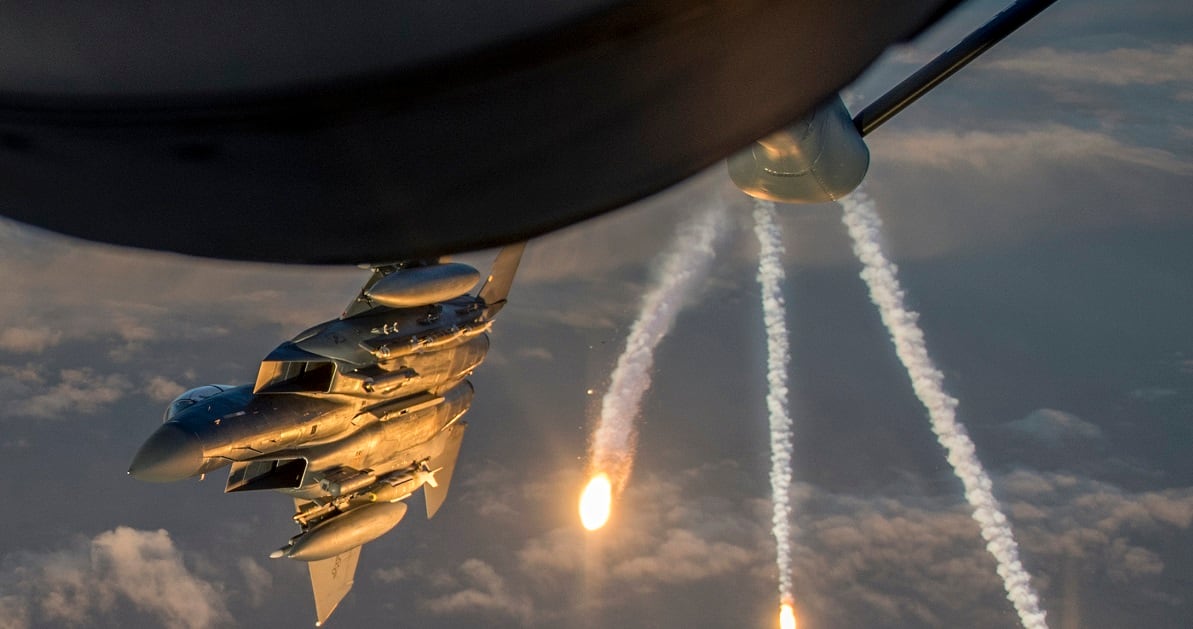
“Tying the F-22, the F-35 and other era component assets together is interesting,” Goldfein said. “Far more compelling to me, though, is tying the F-35, the Aegis [naval weapons system] on a cruiser and a small special operations element on the ground with a low-orbiting satellite constellation.”
An early example of this capability combination was 1991′s Operation Desert Storm, according to Brig. Gen. Chance Saltzman, chief of current operations for Headquarters Air Force.
During the First Gulf War, the United States and its coalition allies overwhelmed the Iraqi Army and drove a cease-fire within 100 hours of ground combat commencing.
“Now imagine having the extra domains of space and cyber and how that adds to the problems an adversary has to figure out how deal with,” Saltzman said.

And if you’re able to build that capability, you’ve also devised what Goldfein calls “21st century deterrence.”
The deterrence concept is traditionally used within the context of nuclear weapons. However, with two new warfighting domains now part of the global commons — space and cyber — the options to deter other nation-states are growing.
Multi-domain operations could potentially produce so many dilemmas for an adversary that they are completely overwhelmed, changing their cost-benefit calculation when weighing options.
“If they believe [the danger], it will cause them to change their behavior, which is really what deterrence is all about,” Goldfein said.
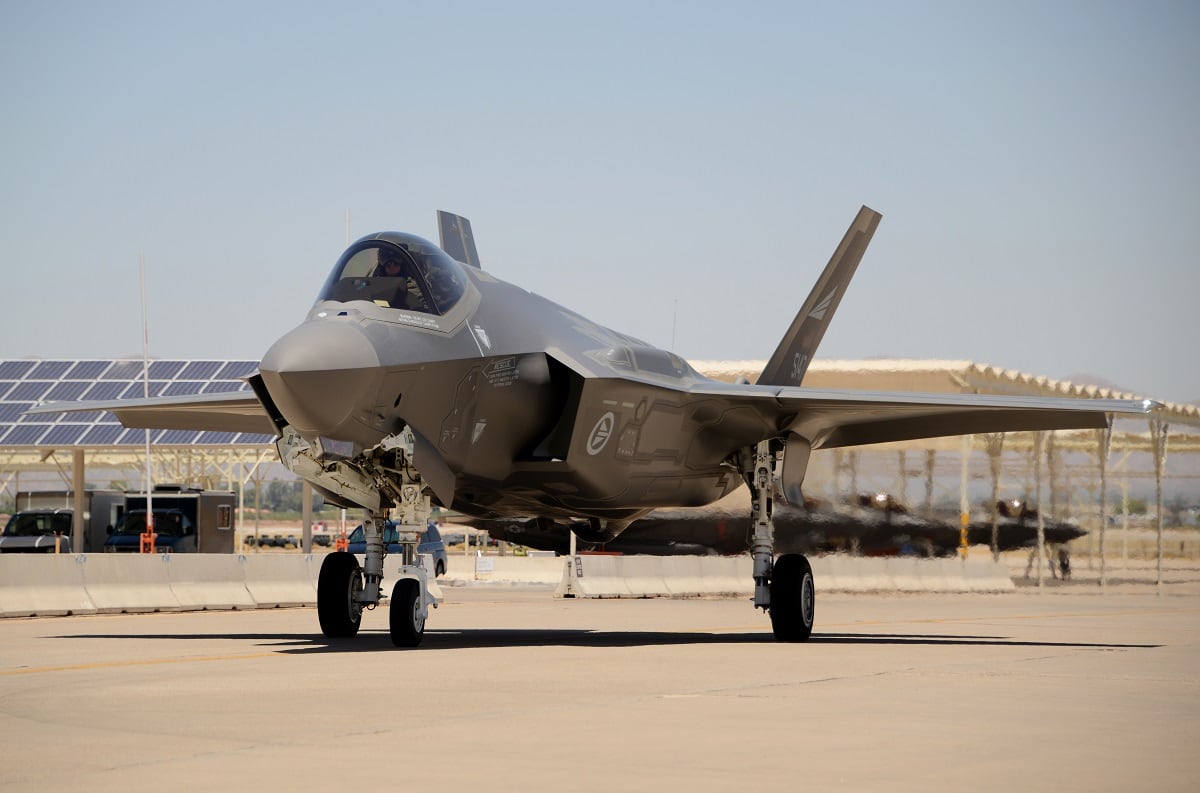
When asked whether adding multi-domain operations to the framework of deterrence could increase tensions — either because an opponent is unsure of U.S. capabilities or doesn’t view the threats as credible — Goldfein explained that such a determination would be up to the president.
“My job to present options to the commander in chief that are credible [and] executable,” he said. “I don’t have the luxury of wishing away war we don’t want. We’ve always got to be ready to execute.”
The Air Force is taking a step in October to test this new framework of operations as part of the “Doolittle Wargames" at Maxwell Air Force Base, Alabama. There, planners will focus on command and control and how to bring together a network of capabilities to execute hypothetical multi-domain operations.
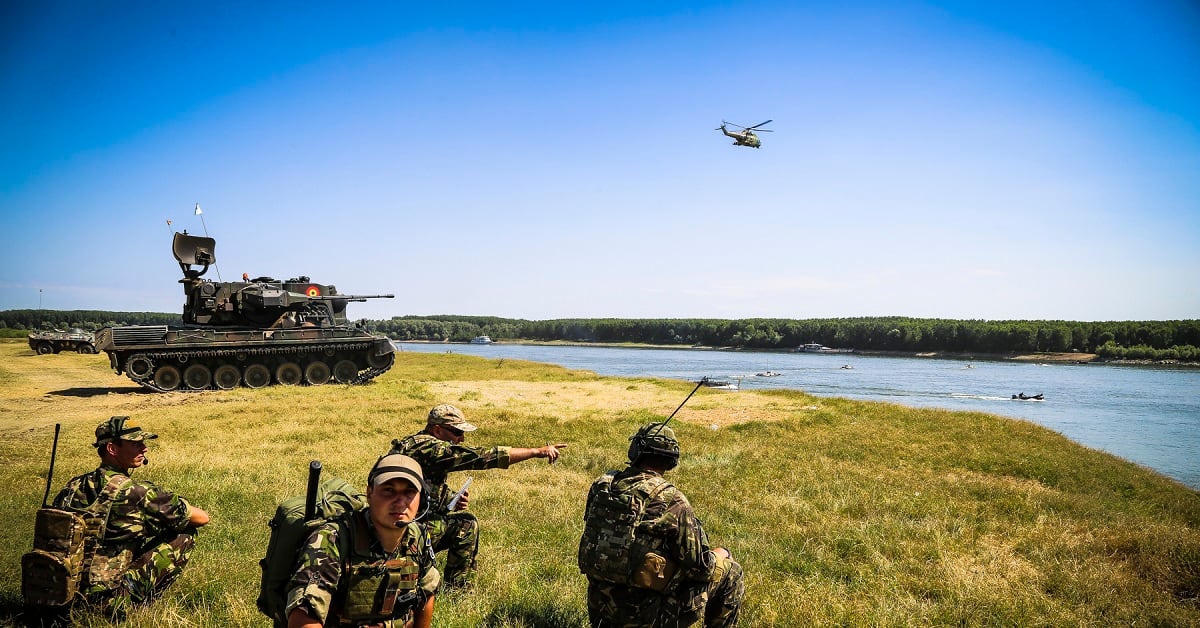
Still, the U.S. military isn’t quite at the point of the multi-domain command and control capabilities Goldfein ultimately envisions.
The biggest gap he sees is a set of common architecture standards that the Pentagon can hand to defense industry partners so that everything they build can connect.
“In the old day’s of attrition warfare, the discussion we would have with industry was, ‘What can you build, how many can you build and how much is it going to cost me?’” Goldfein said. “The conversation I’m having with the industry now is, 'Does it connect into common architecture, does it share information across the network, not only with U.S. [forces] but also allies and partners? And then does it use elements of artificial intelligence so that I can get airmen, soldiers, sailors and Marines doing only what they should do?”
Legacy aircraft and other military assets aren’t going away anytime soon. The trick, he said, is figuring out a way to link them up only when you need them, while having multiple pathways set up for when some are inevitably taken away by the enemy.
“Why do I have 400 missiles buried in bunkers up in the northern tier? Because it’s so cost-imposing on the enemy that there’s no way they could actually ever take them out,” Goldfein said. “Now, how do I build my network so that I’ve got so many different ways of getting information transferred that it’s cost-imposing on the adversary to take it out?”

One example of where this is heading is an Internet framework based off thousands of small broadband satellites orbiting the Earth.
It used to be only nation-states could launch satellites, but as launches became cheaper and payloads lighter, private industry stepped up. There are a few companies — to include SpaceX and OneWeb — working to build an Internet from space.
“To me, that’s [multiple] independent pathways I can use,” Goldfein said. “They’re putting billions of dollars into securing their capability. We can take full advantage of that.”
Many of these initiatives are being pioneered by private industry, and will “require changes to industry culture, investment sources and protection across the National Security Innovation Base,” according to the Pentagon’s 2018 National Defense Strategy.
RELATED
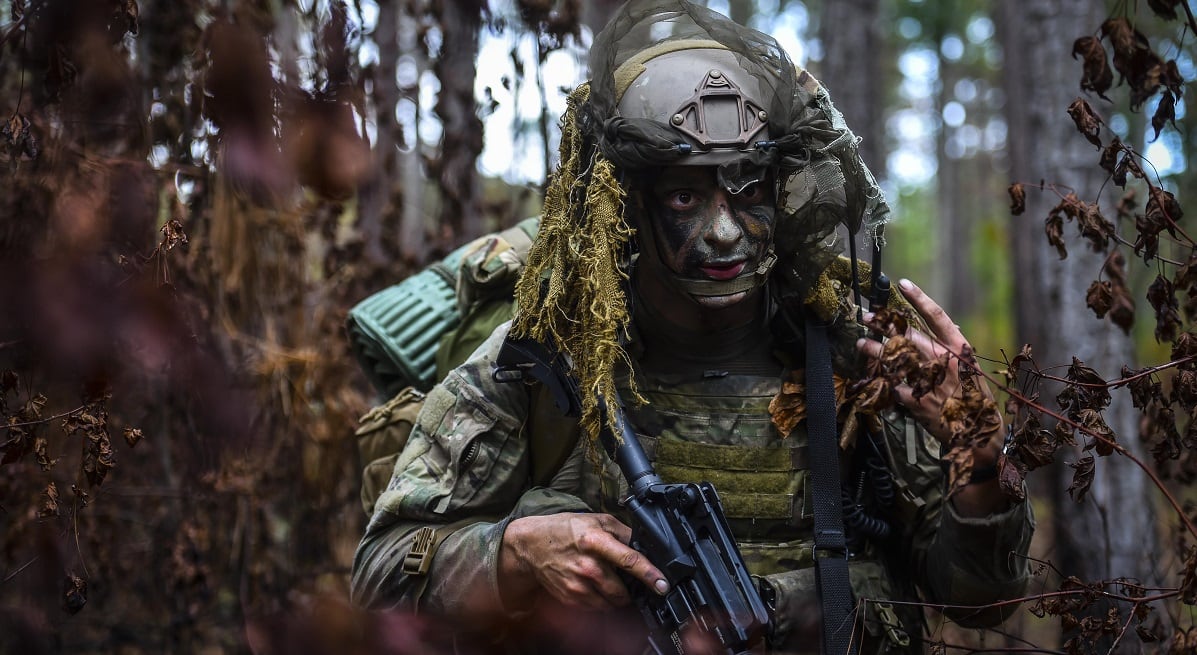
The closest peer-level adversaries to the United States are China and Russia. Goldfein said the impression of those countries' military technologies as a knock-off or reverse-engineered version of American innovation is still accurate. But both Russia and China are working to close that gap.
“We know that they’ve been studying us, right? They know the way we fight, and they’re looking at how to take away our asymmetric advantages," Goldfein said.
That’s where protecting the U.S. industrial base comes in, as well as developing multiple vectors of approach for warfighting. This dials into another big push to change Air Force culture.
The service is working to cultivate leadership that understands command and control, as well as promote innovation in its ranks.
Recently, Goldfein pushed money out to squadron and wing-level commanders to help them tackle readiness challenges.
RELATED
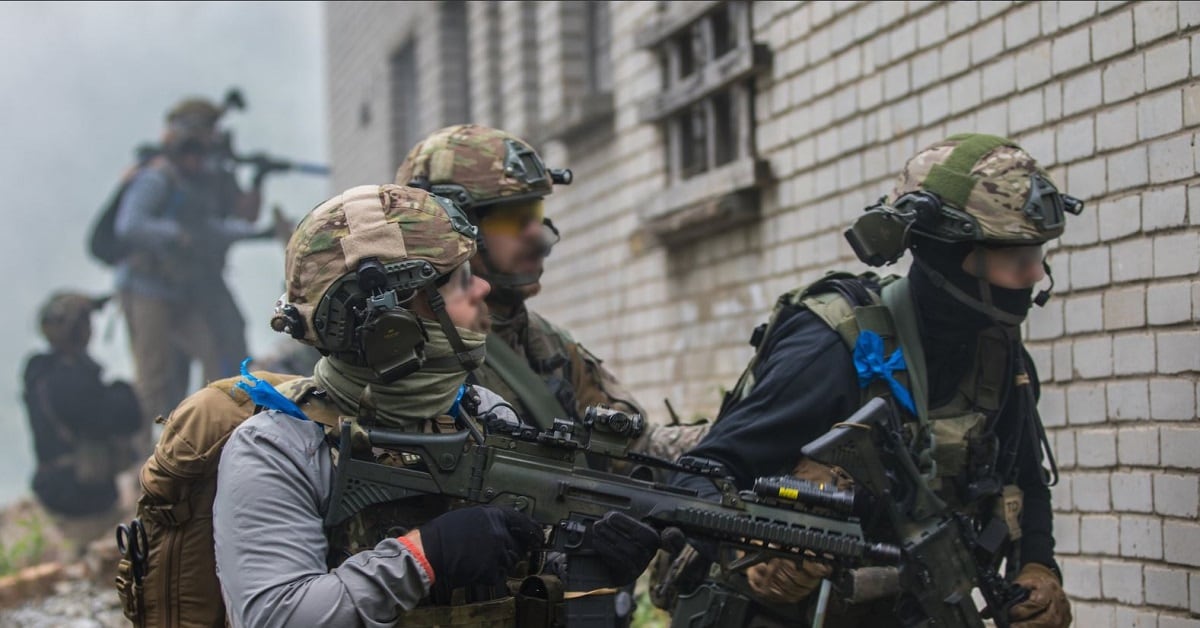
“I’m hearing stories of new mission planning capabilities, folks that are on the West Coast actually partnering with Silicon Valley and using money to go after and buy things that they need," he said.
One example he heard from squadron commanders recently was their purchase of 3-D printers to repair and replace simple plastic parts in aircraft on the flight line, such as wiring harnesses, grommets, fasteners, housing boxes and cable splitters.
Innovation among airmen, and their ability to operate and function autonomously, ultimately feeds back into the multi-domain concept, creating the culture needed to give squadron commanders the authority to make decisions in the heat of combat.
“I’m hoping that some of these initiatives that we put into place will hit a tipping point and then they will accelerate because they are no longer part of any kind of initiative,” Goldfein said. “They’re just part of the fabric of the Air Force ... and there’s trust in the system to let [airmen] run.”
Kyle Rempfer was an editor and reporter who has covered combat operations, criminal cases, foreign military assistance and training accidents. Before entering journalism, Kyle served in U.S. Air Force Special Tactics and deployed in 2014 to Paktika Province, Afghanistan, and Baghdad, Iraq.





